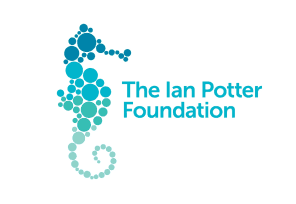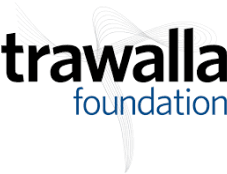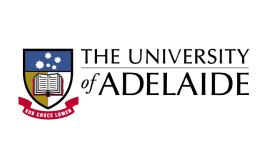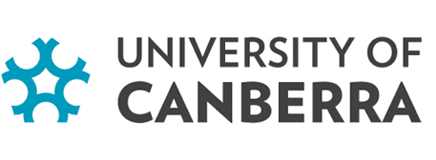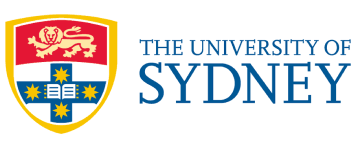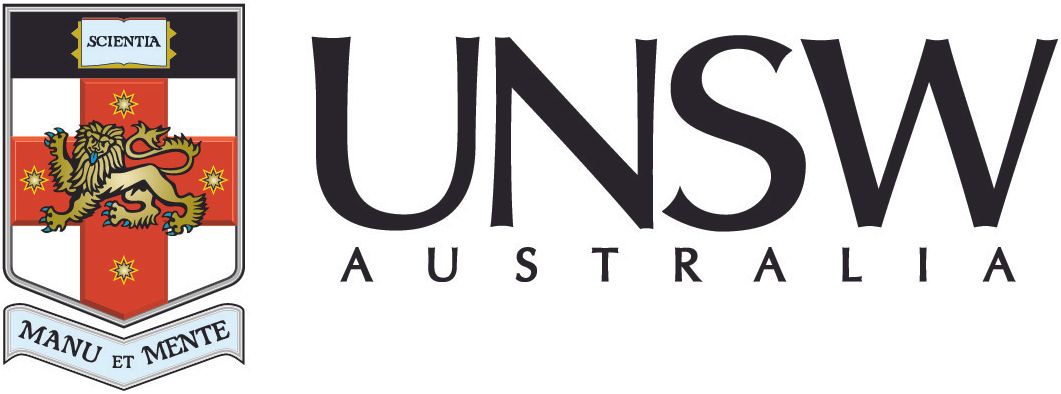Federal funding to hit the ground in coastal habitats of the Great Barrier Reef

Restoring coastal habitats can help reduce the amount of pollution, nutrients and sedimentation that reach the reef. Image: Emily Pollom, CC BY-NC via iNaturalist.
News story
30 June 2024
The Australian Government has just allocated $28.5 million across 18 projects to deliver on-ground measures to restore and rehabilitate coastal habitats on the Great Barrier Reef. In the wake of the Reef’s fifth mass bleaching event in just eight years, the projects represent a wise investment from the government, but funding should be scaled up.
The selected projects will deliver restoration activities across degraded seagrass, mangrove, saltmarsh and other wetland habitats. Efforts will focus on revegetating coastal ecosystems, managing weed infestations and other introduced species, stabilising shorelines and mitigating streambank erosion.
“These are the no-brainer, least sexy, but sensible approaches to enhancing resilience of the Great Barrier Reef,” according to Biodiversity Councillor Professor Catherine Lovelock from the University of Queensland, and global expert on the impacts of climate change on coastal and marine environments.

Seagrass and mangrove ecosystems are effective at capturing and storing carbon. Image: R Kabakoff, CC BY-NC via iNaturalist
“Projects have been selected that will have widespread benefits for coastal ecosystems; they are on-ground, many are NRM-led and some are Indigenous led.”
“For example, Jaragun Ecoservices will be working in the Mulgrave Russell Basin to recover three culturally and ecologically important species – oysters, seagrass and ribbon grass. Recovering these species will have positive effects on biodiversity and improve habitat for culturally important species like dugongs, while also providing ecosystem services such as filtering sediments and excess nutrients from the water, defending streams against erosion and removing carbon from the atmosphere.”
“Such projects are intrinsically co-beneficial. Restoration of the immediate coastal environment has flow-on benefits for the reef by reducing the amount of sedimentation and pollution that reaches the reef – a threat that can reduce the capacity of corals to feed, grow, reproduce and recover from bleaching events. Restoring coastal habitats also increases habitat for fish and other fauna.” says Lovelock.
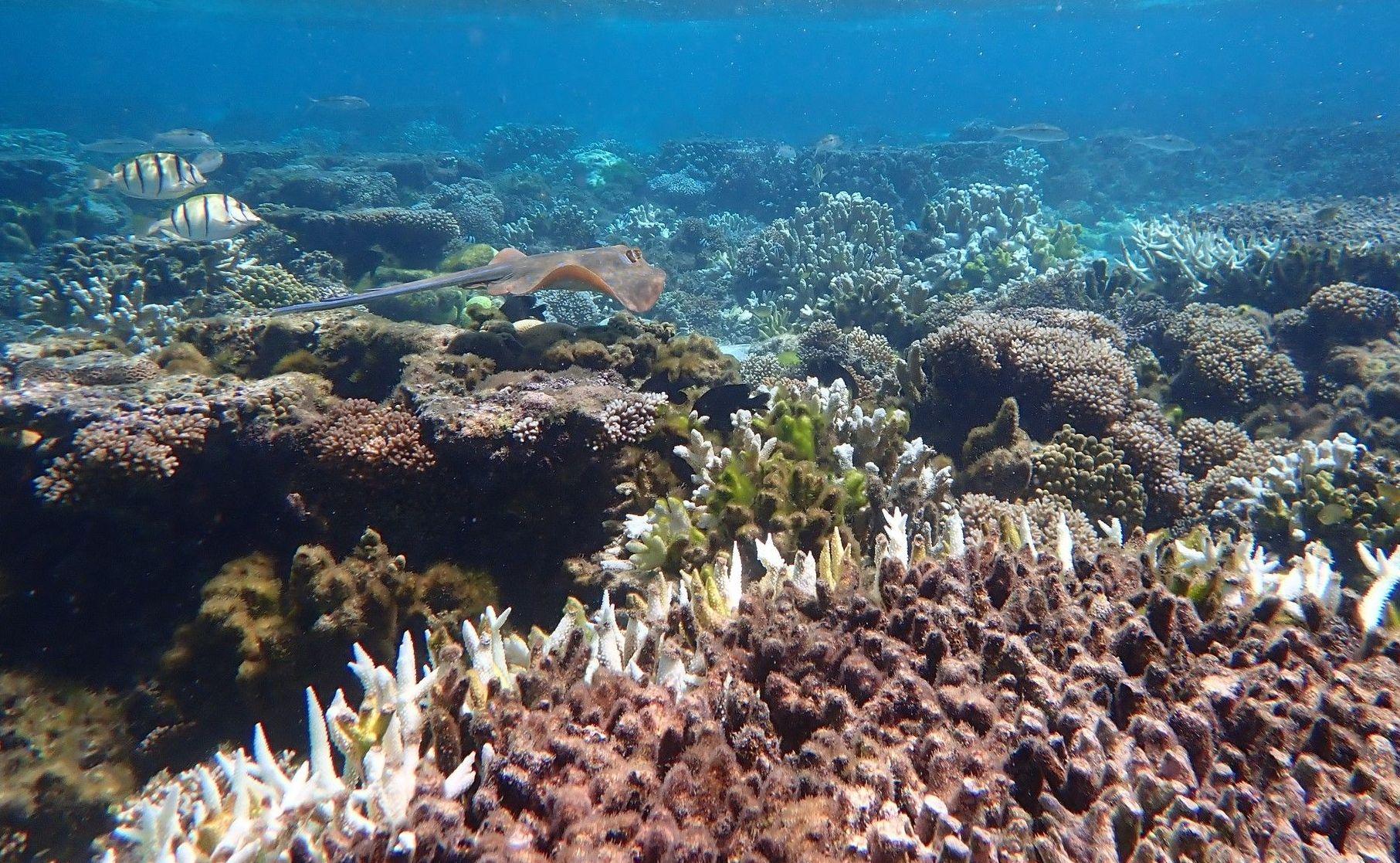
Restoring coastal habitats can help reduce the amount of pollution, nutrients and sedimentation that reach the reef. Image: Bleached coral evident in Lady Elliot Island Reef Robin Laws-Wall, CC BY-NC via iNaturalist.
“Coastal ecosystems can play a really important role in sequestering and storing carbon from the atmosphere – this is known as blue carbon.”
“Many of the projects will help restore the capacity of coastal ecosystems to capture carbon. Groups like Burnett Mary Regional Regional Group and Oz Fish will be funded to improve mangrove habitat. Such projects will be able to draw on restoration guidelines that come from decades of experience. This restoration work is incredibly important as mangrove ecosystems are effective at capturing carbon and can store more carbon per area than tropical forests.” says Lovelock.

Mangrove ecosystems are important as they can store more carbon per area than tropical forests. Image: Enot Poluskuns, CC BY-NC via Inaturalist.
“The funding of these initial 18 projects is a good step by the government, but more will be needed to fix past mistakes.”
“While there are now good regulations in place to protect coastal habitats, there is still a lot of mess to clean up from past destruction and ongoing degradation. Restoring the wetlands of the Great Barrier Reef is a no-regrets strategy that has benefits for the reef and more broadly, including leadership by Indigenous and local organisations. It would be great to see strong policies to support scaled up restoration of wetlands, for example streamlining of permits, and improving access to carbon and emerging biodiversity markets.”
You can read the Government’s announcement and view the funded projects on their website.


